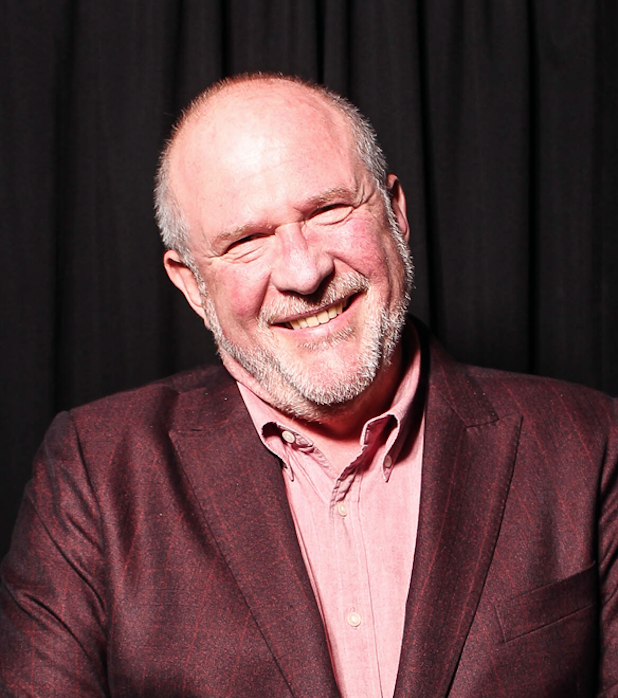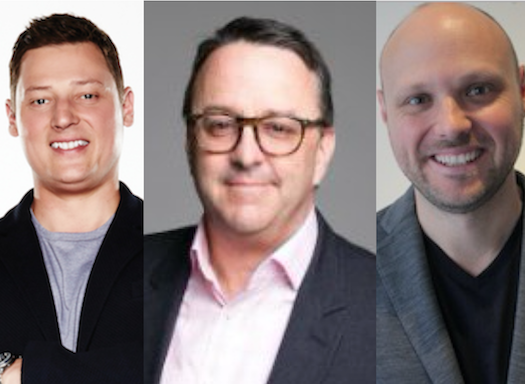For the past several years commercial radio has been evolving its sales and creative strategies to offer advertisers a far more immersive experience that’s native to the content on the various platforms that now make up a radio station.
Long gone are the days where the bane of a jock’s existence was when they had some crazy idea cooked up between the sales department and the client foist upon them.
Now, following a massive restructure of its sales department, SCA is putting the talent at the forefront of the creative process to drive greater engagement for audiences which is ultimately what both the company’s outlets and their advertisers want.
When Brian Gallagher joined SCA as Chief Sales Officer six months ago he came with a reputation for driving innovation led business solutions and effectively combining traditional and digital media with branded content.
He’d barely put his feet under the desk before Wade Kingsley, who himself, had joined the company just a few months earlier from Nova Entertainment, wandered into Gallagher’s office brimming with ideas. Given that Kingsley’s job title at the time was Head of Ideas and Integration, their relationship was off to a good start.
“Wade came in to see me and showed me his thoughts on how to streamline and supercharge a lot of the things we already did,” recalls Gallagher.
“What I saw was that we were punching out more creative for brands, that was more powerful, from some of the best talent in the marketplace. Yet, it didn’t seem like we were famous for it.
“My only comment to Wade at the time was, ‘I love it! Let’s put a brand on it.”
That’s how the brand The Studio was born and how Wade Kingsley became Head of The Studio. “My role is to corral the creative resources of the company for the commercial benefit of the company.”
At The Studio’s Friday launch in Melbourne, poster boy for the SCA stable of talent was Triple M’s networked Drive host Merrick Watts who has gone through a personal reformation from his early days as one half of Merrick & Rosso at Nova where he was tagged as “difficult talent.”
In an in-depth interview in 2012, he told radioinfo, “In the first few years it was very difficult for us to come to terms with the commerciality of the business. We didn’t do live reads for six or seven years. We were not client focused at all. We had no real understanding or respect for clients. We didn’t care about sales or any of the stuff that we probably should’ve.”
Merrick cares deeply about that stuff now and is happy to play a key role in the creative process. “If you come up with the concept and you love the concept it cuts so much time in having to argue back and forth with sales.
You’re also delivering to your audience true content that’s been deigned by you, you’ve had an input, you’re really happy with it… so, it doesn’t feel like you’re doing something grubby. You feel like you’ve been given an opportunity to bring your ideas to life through the facilitation of having a commercial property at the back end that’s going to fund it.”
In practice how does it work? Let’s say I’m an agency with a client that’s launching a new aftershave guaranteed to drive women crazy… it smells like money. I put out a brief that says I want to target men 18 – 54. What happens from there?
Merrick immediately puts up his hand to volunteer, “I’ll take it! I’ll take it. That one’s for me!”
Kingsley calms him down and explains, “Part of The Studio model is, we’re bespoke. The creative process has to be organic and it has to work to the objective of what you’re trying to achieve. It’s about identifying the right resources. So, in your aftershave example, we’d say, You know what, Merrick could have great fun with this. If it’s part of their brand attribute to have fun, then let’s engage Merrick.
“What we don’t do is go to Merrick and say, ‘Look what we need you to do is organise some sort of vehicle to give away 50 bottles of aftershave because that’s what the client wants. too bad.
“Instead we say, Merrick, there’s this great new brand coming on to the market, where do you want to start with this? That’s the point of building The Studio.
“Merrick and other talent who would enter The Studio are entering a space from a creative point of view as they would for show prep. How are we going to come up with an idea to engage and entertain an audience. Rather than sitting in a corporate meeting room with a whiteboard, The Studio space is about, ‘let’s think like we want to entertain,” says Kingsley.
Brian Gallagher chimes in to remind us, “There’s an unsexy piece that sits in the background and is also a cornerstone for the strategy of the business which is about leveraging insight. We have a revenue strategy division with business analysts in it and we’ve got a research division.
“Depending on the scope and style of the brief, we might engage the research division to do a brand health tracking study so we’re as informed as we can be about what is happening in the aftershave market,” Gallagher tells.
“Proactive and Reactive are terms that get used a lot in the commercial side of media,” says Kingsley. A large part of what we do is reactive. We’ve got agencies and brands coming to us looking for ideas. Part of The Studio model is to get far further into the proactive space. And we mean genuine proactive – well upstream.
“We’re looking at audience insight so we can do predictive modelling around the kind of behaviour likely to happen based on brand insights and market tends so that we’re able to approach the aftershave brand that hasn’t launched here yet and say, Hey listen, we can see some real opportunity here, and we’ve already got our best creators onto it. So, we uncover opportunities rather than sitting around waiting for a brief,” says Wade Kingsley.
You can read more on The Studio and last week’s launch here.

Peter Saxon

